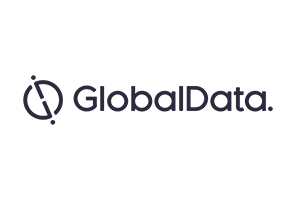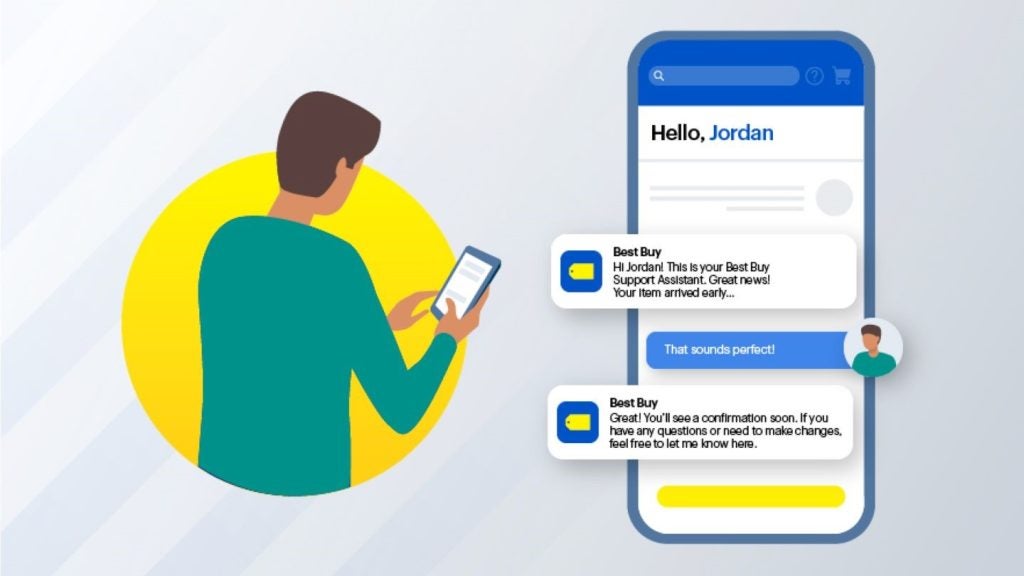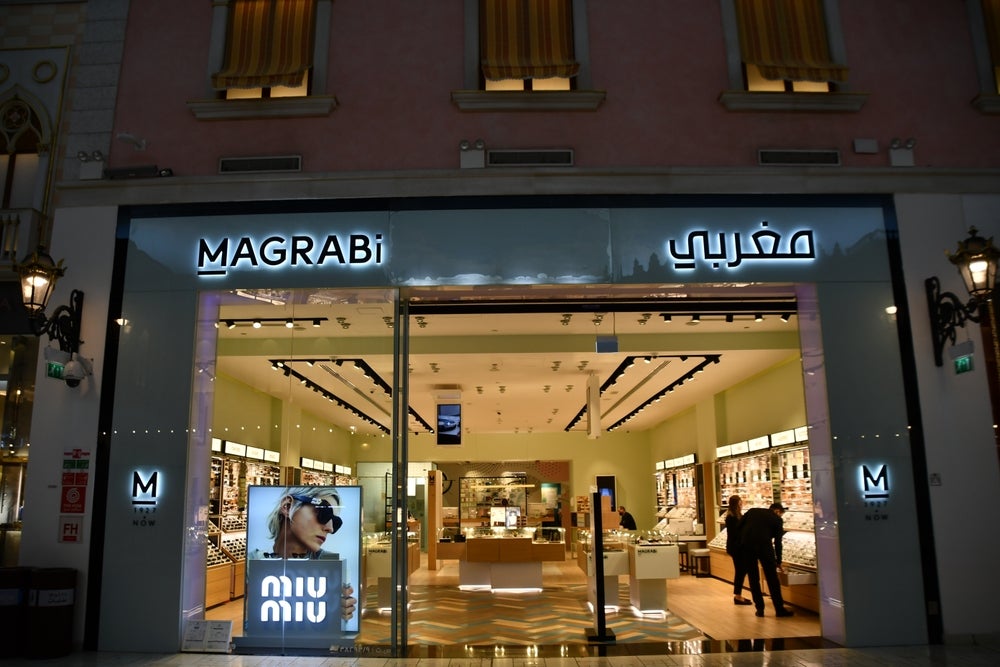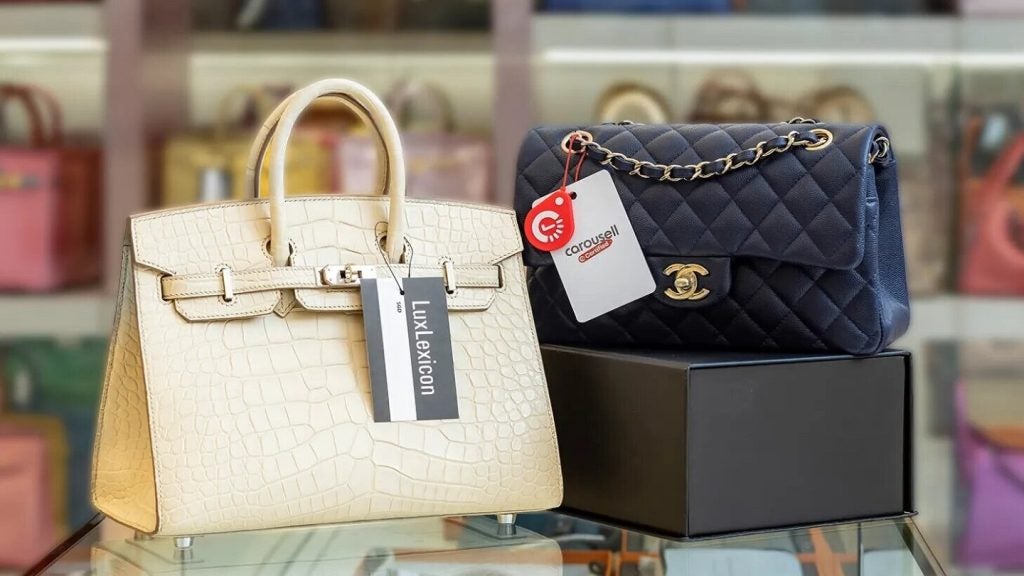
Vogue’s long standing authority as orchestrator of the fashion world and Farfetch’s solid ecommerce model that brings designer pieces stocked in independent boutiques to consumers globally is, a match made in ‘high-living’ heaven, born out of Vogue’s failed attempt at retail via style.com. The perplexed publisher has subsequently turned to ecommerce specialist, Farfetch for its expertise in fulfilment and established retail supply chain to enable Vogue to offer more than just inspirational content to readers.
The coming together of two leaders in their fields with well-established connections to luxury brands and designers will be a firm threat to online luxury players including well established Yoox Net-a-Porter (YNAP), which has been bringing shoppable content to followers via Porter magazine since it launched in 2014, and new entrant to the online channel Louis Vuitton’s 24 Sèvres. YNAP is a well-oiled machine that has successfully layered shoppable aspirational content on top of its robust retail offer but Vogue’s devout and vast global following will put its powerful position in the luxury market at risk.
The tie up emphasises that despite luxury brands being initially reluctant to sell online, there is consumer appetite and opportunity for the top end segment of the fashion market to expand more innovatively in the digital channel.
Consumers are now able to access designer pieces more quickly than previously possible, with brands including Burberry and Tommy Hilfiger moving to ‘see now, buy now’ buying models for their seasonal collections, doing away with the traditional six month wait for items to become available following S/S and A/W fashion week previews. This, coupled with the continual rise in online spending, particularly via mobile devices as retailers improve their online platforms, has increased shopper expectations for access to the latest trends.
Consumers frequently browse promoted, must-have seasonal items on a brands’ website, social media channels or blogs and expect these to be immediately available to purchase and wear – making the Farfetch and Vogue tie-up hugely relevant. It will also target a gap in the market where others have not dared to go or failed to gain scale, including Condé Nast’s style.com and Graziashop.
Vogue has a huge challenge in ensuring featured pieces are available to buy, where it has traditionally not needed to consider the saleable aspect of product included. The large number of stockists that Farfetch fulfils from will further complicate this, as both parties will need to have a clear view of availability dates for each product from each stockist, which are likely to change due to various unpredictable issues in the supply chain. The implementation of an accurate and reliable product management system will be the biggest hurdle for the duo, but if they can achieve visibility of product availability dates, they will be a powerful force in the online luxury market.
How well do you really know your competitors?
Access the most comprehensive Company Profiles on the market, powered by GlobalData. Save hours of research. Gain competitive edge.

Thank you!
Your download email will arrive shortly
Not ready to buy yet? Download a free sample
We are confident about the unique quality of our Company Profiles. However, we want you to make the most beneficial decision for your business, so we offer a free sample that you can download by submitting the below form
By GlobalData






Related Company Profiles
Tommy Hilfiger Corporation
YNAP Corporation
Farfetch UK Ltd
Burberry Limited
Porter Corp